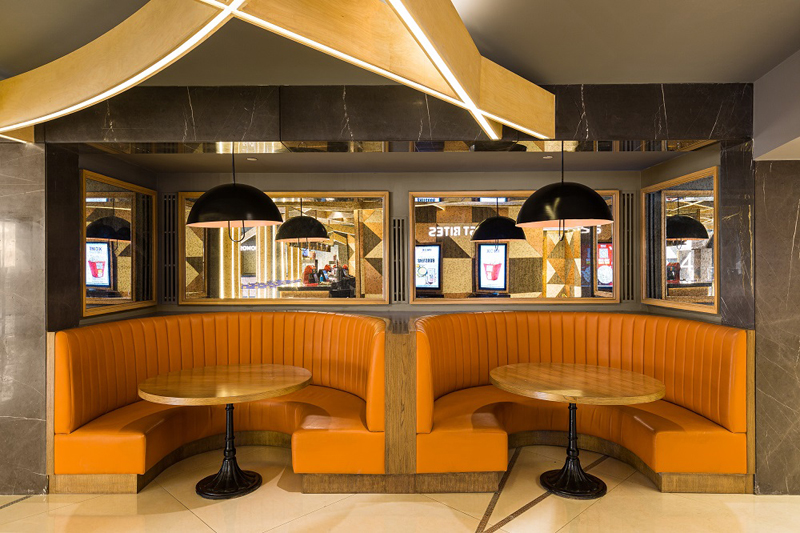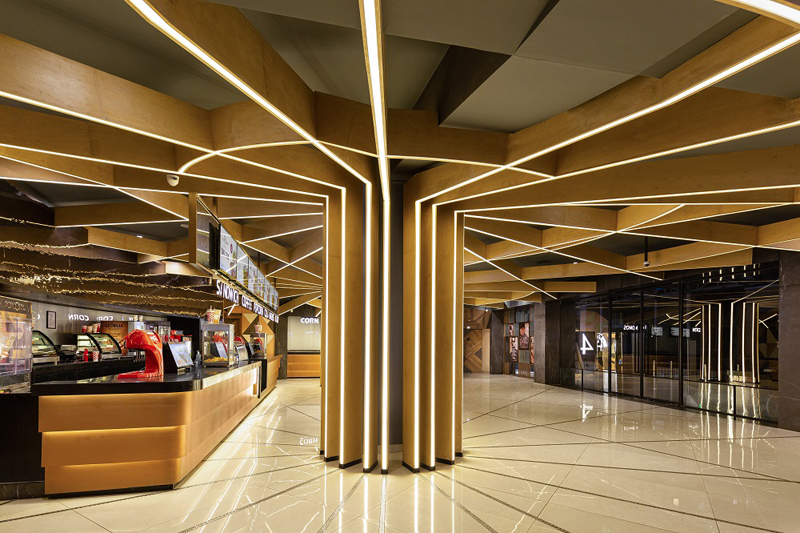Q. Important trends of commercial architecture just the way design is.
Q. Who and what inspires commercial architects and designers each time when they achieve ground-breaking architectural innovations that lend the fresh generation of buildings a slender and smart individuality?

Q. Tell us about your upcoming projects that are built with modern innovations in commercial architecture.
Q. How has technology facilitated the development and widespread utilisation of commercial buildings for sustainable social development?
Q. What does the future hold for commercial architects and architectural plan that will work towards making a durable impression of ecological care, conservation of energy and value-added resource management?
As a studio that has several commercial projects in the pipeline, we plan to engage ourselves in creative design and infrastructure projects which benefit society at large. The firm keeps pace with advancements in technology, adopting latest tools like Building Information Modelling (BIM) software. The software has enabled faster decision making, better documentation, and the ability to predict performance before the ground is broken, allowing the architectural team to do more in less time, and effectively cutting down construction costs.
We believe that commercial architecture has great potential to make a positive and lasting change. As an industry, if we want to help move the needle on climate change, we must adopt technology and systems like BIM to perform analysis and drive computational design.Q. In commercial architecture or as architect what do you think has changed for good and what still needs have thorough improvement.
Based on my experience, I think today, the process has slowed down and become more complicated as compared to the past years. Clients have become more value-conscious but also disinclined towards risks.
Another shift that I have observed during the pandemic is that we now spend more time on branding and identity and naming and signage than we did previously. We spent a great deal on developing signage for one of our recently completed projects – Sapphire Ninety Inox Cinema, Gurugram. To facilitate easy, distanced movement of the user post-Covid, the auditorium signage was accentuated by bold calligraphy and wooden chevron-patterned lines.
Climate action, resilient structures and efficient energy systems must be at the front and centre of the minds of all architects. These are the areas that require active work and quick improvements. We must work together to create an agile commercial design that helps in moving things in a positive direction.

